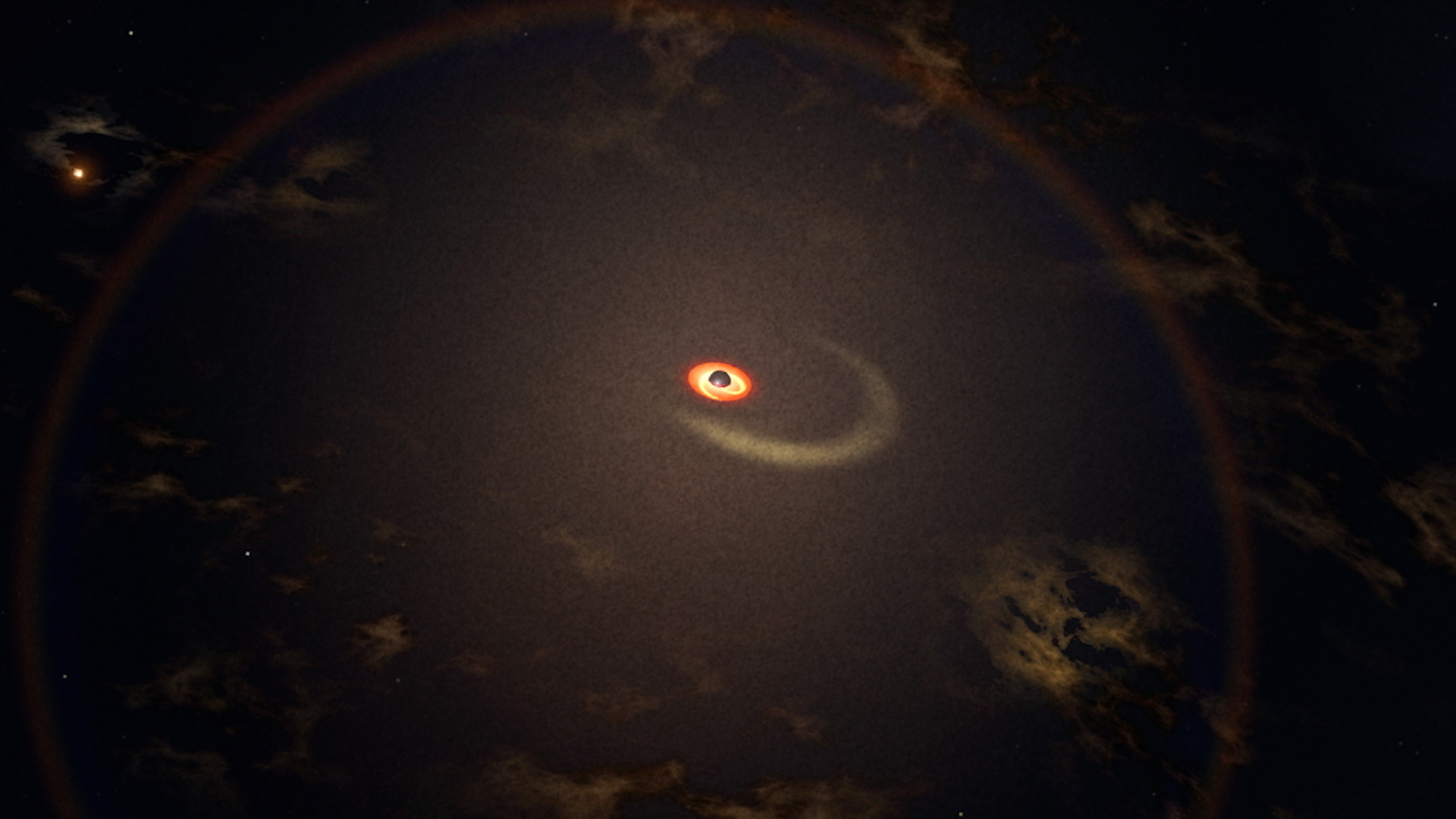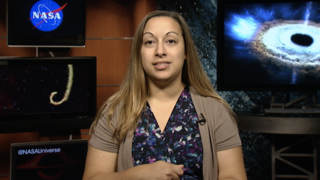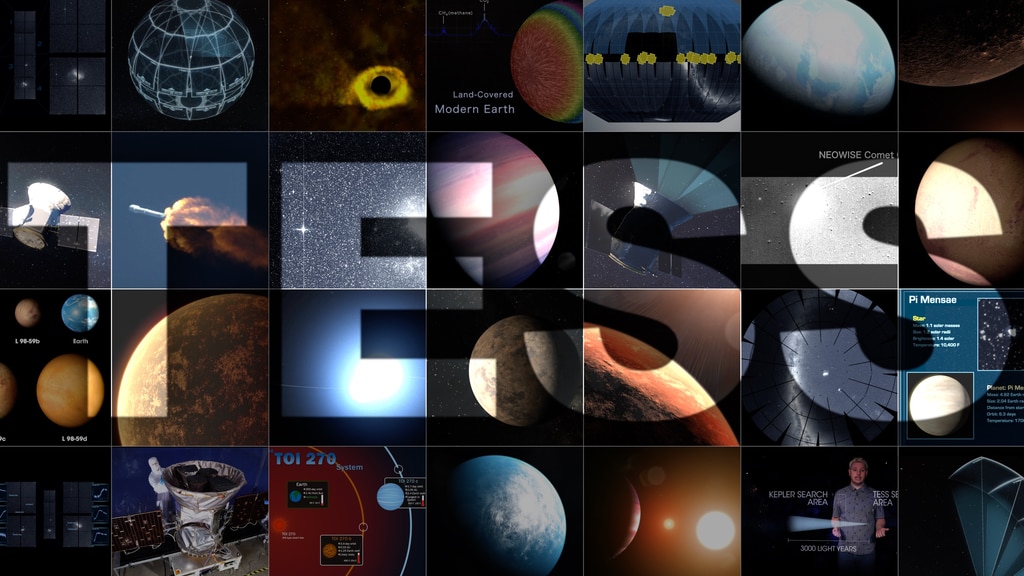TESS Catches Its First Star-destroying Black Hole
When a star strays too close to a black hole, intense tides break it apart into a stream of gas. The tail of the stream escapes the system, while the rest of it swings back around, surrounding the black hole with a disk of debris. This video includes images of a tidal disruption event called ASASSN-19bt taken by NASA’s Transiting Exoplanet Survey Satellite (TESS) and Swift missions, as well as an animation showing how the event unfolded.
Credit: NASA’s Goddard Space Flight Center
Music: "Games Show Sphere 03" from Universal Production Music
Watch this video on the NASA Goddard YouTube channel.
Complete transcript available.
NASA’s planet-hunting Transiting Exoplanet Survey Satellite (TESS) watched a black hole tear apart a star from start to finish, a cataclysmic phenomenon called a tidal disruption event.
The blast, named ASASSN-19bt, was found on Jan. 29 by the All-Sky Automated Survey for Supernovae (ASAS-SN), a worldwide network of 20 robotic telescopes. Shortly after the discovery, ASAS-SN requested follow-up observations by NASA’s Swift satellite, ESA’s (European Space Agency’s) XMM-Newton and ground-based 1-meter telescopes in the global Las Cumbres Observatory network.
The disruption occurred in TESS’s continuous viewing zone, which is always in sight of one of the satellite’s four cameras. This allowed astronomers to view the explosion from beginning to end.
The supermassive black hole that generated ASASSN-19bt weighs around 6 million times the Sun’s mass and sits at the center of a galaxy called 2MASX J07001137-6602251, located around 375 million light-years away in the constellation Volans.
As shown in this animation, the destroyed star may have been similar in size to our Sun. When it approached the black hole, the star broke apart into a stream of gas. The tail of the stream escaped the system, while the rest of it swung back around, surrounding the black hole with a disk of debris.
Credit: NASA’s Goddard Space Flight Center
Same as above, without star inset.
Credit: NASA's Goddard Space Flight Center
ASASSN-19bt occurred in TESS’s continuous viewing zone, which is always in sight of the satellite’s fourth camera. Because of this observing strategy, TESS captured ASASSN-19bt from start to finish, providing a new look at a tidal disruption event.
Credit: NASA’s Goddard Space Flight Center
Observations by NASA’s Swift satellite provided the earliest ultraviolet measurements from a tidal disruption to date. This allowed scientists to determine that the temperature dropped by about 50%, from around 71,500 to 35,500 degrees Fahrenheit (40,000 to 20,000 degrees Celsius), over a few days.
Credit: NASA’s Goddard Space Flight Center
For More Information
Credits
Please give credit for this item to:
NASA's Goddard Space Flight Center. However, individual items should be credited as indicated above.
-
Producer
- Scott Wiessinger (USRA)
-
Science writer
- Jeanette Kazmierczak (University of Maryland College Park)
-
Animator
- Scott Wiessinger (USRA)
-
Narrator
- Barb Mattson (University of Maryland College Park)
-
Scientist
- Thomas Holoien (Carnegie Observatories)
Release date
This page was originally published on Thursday, September 26, 2019.
This page was last updated on Wednesday, May 3, 2023 at 1:45 PM EDT.
Missions
This page is related to the following missions:Series
This page can be found in the following series:Related papers
https://iopscience.iop.org/article/10.3847/1538-4357/ab3c66
https://iopscience.iop.org/article/10.3847/1538-4357/ab3c66



